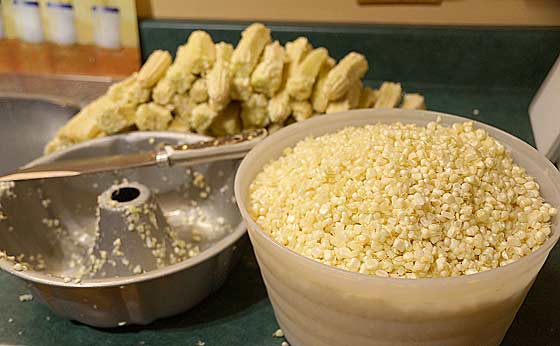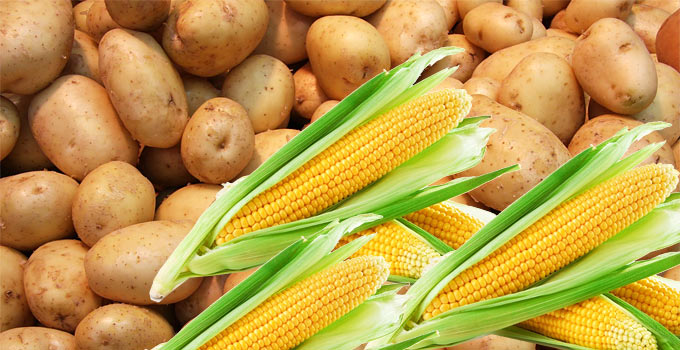You Won’t Be Eating Much (or any) Meat After SHTF
I was out watering the garden this morning when I was thinking about a topic for today. As I was watering, thoughts entered my head once again as to what I’m trying to accomplish this year of gardening.
This year’s gardening experiments are entirely to do with the notion of self sufficiency and the probability of little or no available meat during a time period of post-SHTF survival.
Why won’t you be eating much or any meat during a post-apocalyptic time?
Although there are numerous hypothetical SHTF scenario breakdowns and outcomes (some worse than others), one might generally consider the following possibilities:
– Partial (or greater) breakdown of infrastructure
– Local, regional, national, global ‘just-in-time’ breakdowns
– Mega Farms may lose their ability to produce and distribute
– Lack of resources to maintain those levels
– Lack of feed for livestock on a sufficient scale
– Broken distribution channels cut off supply chains
– Even local small farmers will have difficulty
– Required refrigeration unless immediately consumed or preserved
– People will quickly hunt much of the wild game
– All easy avenues of meat procurement will be overloaded
– Ponds and Lakes will get heavily fished
So what’s left to eat?
Besides your own long term food storage, you are looking at foraging and vegetable gardening. But can you survive on that?
This is part of my vegetable garden experimentation this year. I am focusing on two of the highest calorie vegetables knowing that these would become extremely important for our ability to survive without starving.
Potatoes & Corn
Potatoes and Corn are my primary crop concerns for calorie yield. They are among the highest calorie producers that you could plant in your garden.
Potatoes and Corn each yield about 85 calories per 100 grams.
That’s nearly 400 calories per pound.
Garden Vegetable Calories List
My secondary focus is on this:
Winter Squash:
– Acorn Squash (255 calories /lb.)
– Butternut Squash (200 calories /lb.)
and Beets (200 calories /lb.)
and Carrots (180 calories /lb.)
Why these vegetables?
Not only are they high calorie producers but I can preserve them more readily for throughout the winter than some other choices.
Potatoes will keep about 5 – 6 months with my current dry storage method. I will be home canning the rest. The past few years I’ve chosen a particular variety that is especially hearty for long term storage (Kennebec).
The corn will be home canned. Here’s some of my corn from last year:

Acorn & Butternut squash should keep pretty well in dry storage (this will be my first attempt at discovering how long they will keep).
Beets and Carrots being root crops should also keep well if stored properly.
Again, home canning too will preserve vegetables.
A crop staple of mine is also ordinary green beans. I can them every year. They come in at 160 calories /lb.
Garden experiments with Corn and Potatoes
Potatoes
Knowing that potatoes are among the highest of calories for a vegetable, if we actually had to survive on our garden we would have to grow enough of them (along with the corn and other crops) to actually provide food on the table throughout a year.
So, that means optimizing yield while minimizing labor. This year I’m trying potatoes in big trash pails. So far they are growing like crazy. I believe I’m going to have great success (fingers crossed). I will be posting on this after harvest (I’ve been taking pictures throughout).
Once I determine how many pounds of potato yield per bucket, I will then be able to calculate how many buckets I need to grow in order to put food on the table for a year (again, combined with the other vegetables).
Corn
The experiment this year is growing MORE, and also growing them a bit tighter together (spacing between plants). Right now I have about 300 linear feet (10 rows at ~30′ each) spaced about 6″ apart and 1 foot between rows. Most of the corn came up so we’re looking at quite a few stalks (for just the two of us).
When it’s all harvested and the yields are calculated, I will know how much I need to grow in order to put food on the table all year.
It Takes More Than You Might Think
To grow enough vegetables to actually provide significant calories for a year for just one person takes more than you might think. Most popular vegetables are very low in calories. And even those higher in calories (above) will require a significant crop during post-SHTF where meat and other foods will be scarce.
I’m planning for it now, during good times, so that I will know what I’ll need to do. Also, I just like doing it anyway (self sufficiency and all that…). I know where my food is coming from that way.

